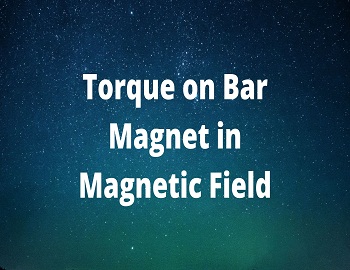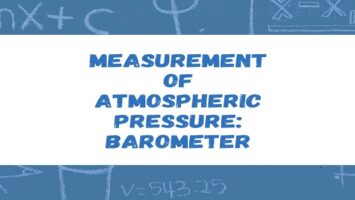Internal Energy:
According to the kinetic theory of matter, a body is constituted by a large number of particles known as molecules. These molecules are in a state of continuous motion and there exist forces of interaction amongst them. The average kinetic energy of translation is a measure of the temperature of the body.
Although the molecules of a body are in constant motion, yet the body as a whole does not acquire a mass motion. This is due to the fact that the molecules within a body have irregular or random motion, However, if over and above the random motion, the molecules are given a regular motion, then the body as a whole would move and it would acquire certain energy. The energy possessed by a body is known as the mechanical energy of the body. For calculating this kind of energy we are not required to look inside the body so we call the mechanical energy possessed by a body as macroscopic energy.
Besides mechanical energy, a body possesses energy due to the random motion of its molecules. This hidden part of the energy is microscopic energy and is known as the internal energy of the body. Thus-
“The amount of energy that a body has within itself due to random motion of its molecules and their interaction is called internal energy.”
The internal energy is usually represented by the symbol U. For calculating internal energy we are required to know about the translational and rotational motion of the molecules, the vibrational motion of atoms within the molecules, and the potential energy due to inter-molecular forces. Thus the internal energy is partly kinetic and partly potential. In solids, both forms of energy are present in roughly equal amounts while in gases it is almost entirely kinetic. It is known from kinetic theory that the larger the kinetic energy, the higher is the temperature. Thus internal energy is linked through the kinetic component with the temperature.









Comments (No)